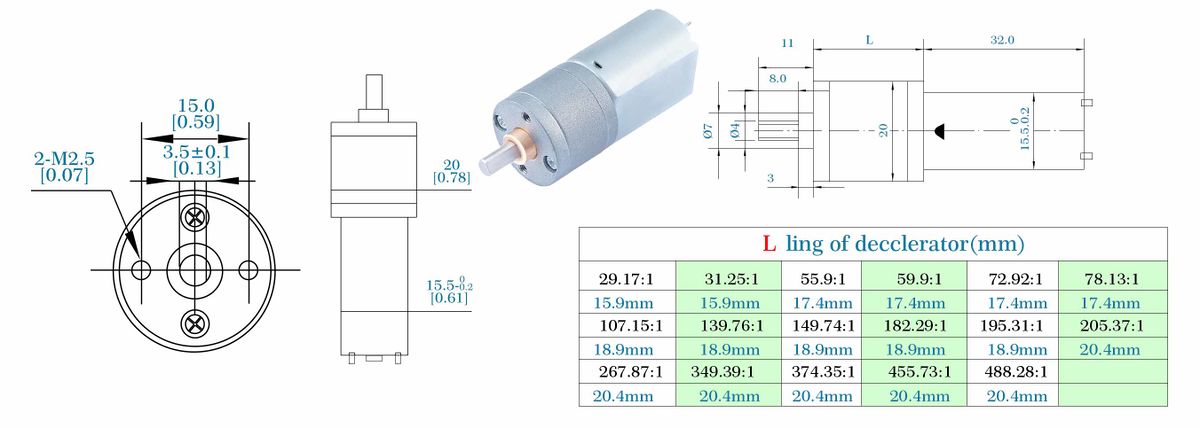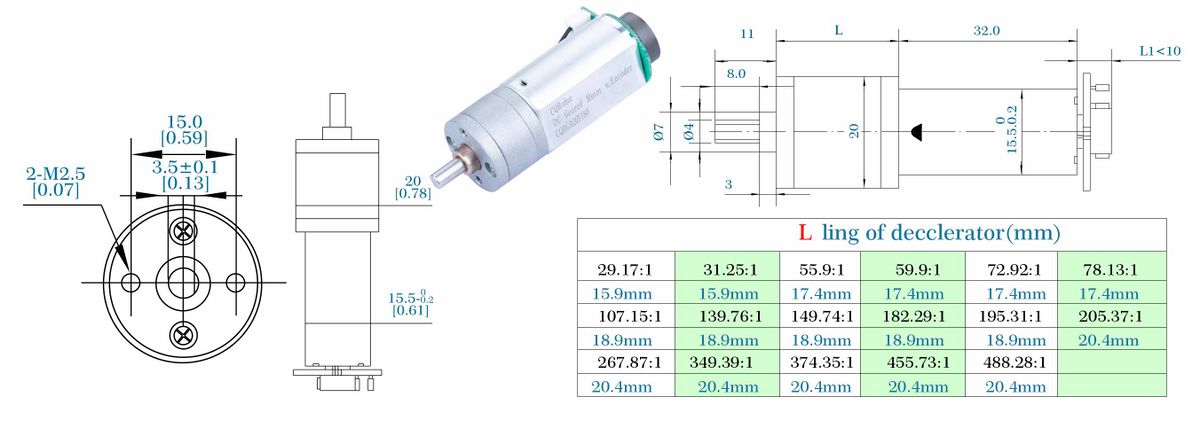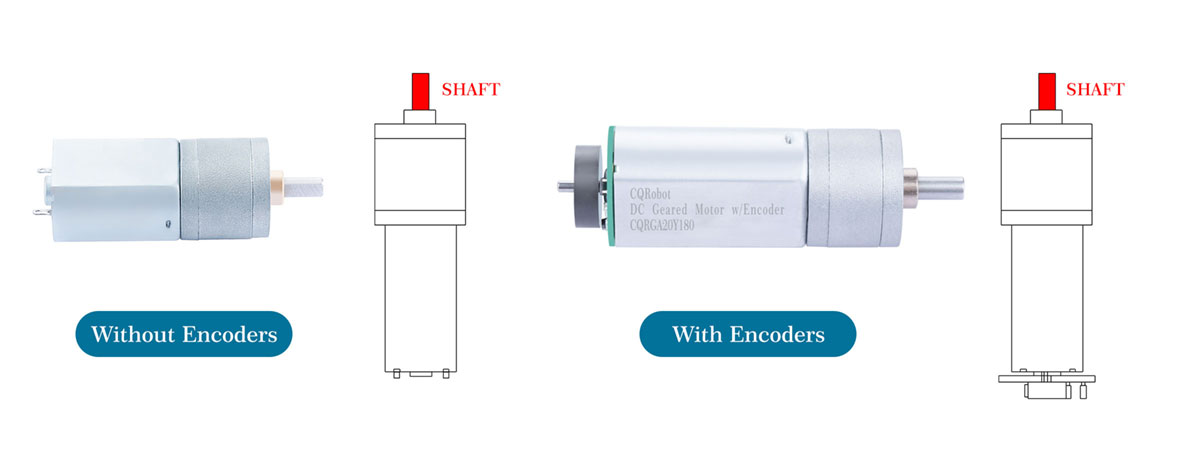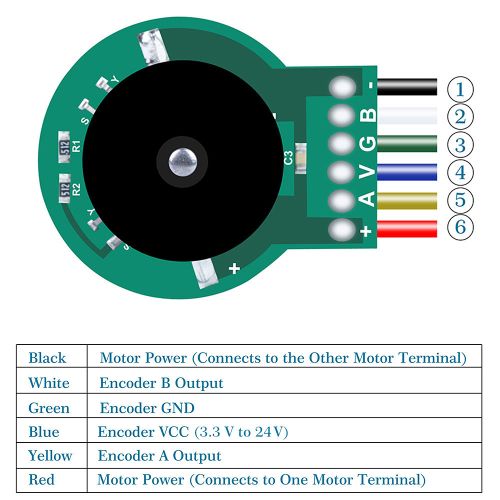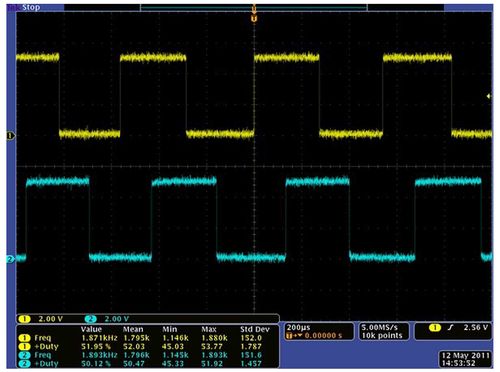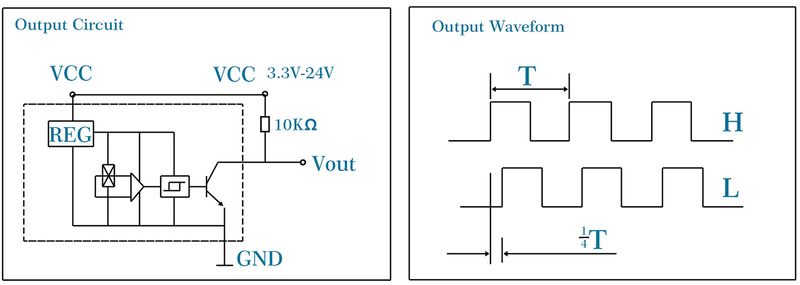DC Gearmotor SKU: CQR20D
Description
This is a metal DC geared motor, divided into four specifications series of metal DC geared motors with encoder and without encoder. The gearbox is mainly composed of spur gears. The gearmotor is cylindrical, with a diameter just under 20 mm, and the D-shaped output shaft is 4 mm in diameter and extends 11 mm from the face plate of the gearbox.
Specifications
Metal DC gear motors are available in four series of specifications:
- The first specification: 6V voltage metal DC geared motor;
- The second specification: 12V voltage metal DC geared motor;
- The third specification: 6V voltage metal DC gear motor with encoder;
- The fourth specification: 12V voltage metal DC geared motor with encoder.
Size and Display
Custom Made
- Quantity: Starting from 500 pieces;
- Cable Specifications: Please provide connector terminal specification documentation;
- Motor Output Shaft (SHAFT): within 100 mm.
Using the Encoder
A two-channel Hall effect encoder is used to sense the rotation of a magnetic disk on a rear protrusion of the motor shaft. The quadrature encoder provides a resolution of 48 counts per revolution of the motor shaft when counting both edges of both channels. To compute the counts per revolution of the gearbox output, multiply the gear ratio by 48.
In general, these kinds of motors can run at voltages above and below their nominal voltages (they can begin rotating at voltages as low as 1 V); lower voltages might not be practical, and higher voltages could start negatively affecting the life of the motor.
AWG26 UL wire, MOLEX50058-8000 51021-0600 terminal, terminal hole spacing is 1.25mm. The motor/encoder has six color-coded, 3.3″ (8.4 cm) leads terminated by a 1×6 female header with a 1.25mm pitch, as shown in the main product picture. This header works with standard 1.25mm male headers and our male jumper and precrimped wires. If this header is not convenient for your application, you can pull the crimped wires out of the header or cut the header off. The following table describes the wire functions:
The Hall sensor requires an input voltage, Vcc, between 3.3 and 24 V and draws a maximum of 10 mA. The A and B outputs are square waves from 0 V to Vcc approximately 90° out of phase. The frequency of the transitions tells you the speed of the motor, and the order of the transitions tells you the direction. The following oscilloscope capture shows the A and B (yellow and white) encoder outputs using a motor voltage of 6 V and a Hall sensor Vcc of 5 V:
By counting both the rising and falling edges of both the A and B outputs, it is possible to get 48 counts per revolution of the motor shaft. Using just a single edge of one channel results in 12 counts per revolution of the motor shaft, so the frequency of the A output in the above oscilloscope capture is 12 times the motor rotation frequency.


